Results
-
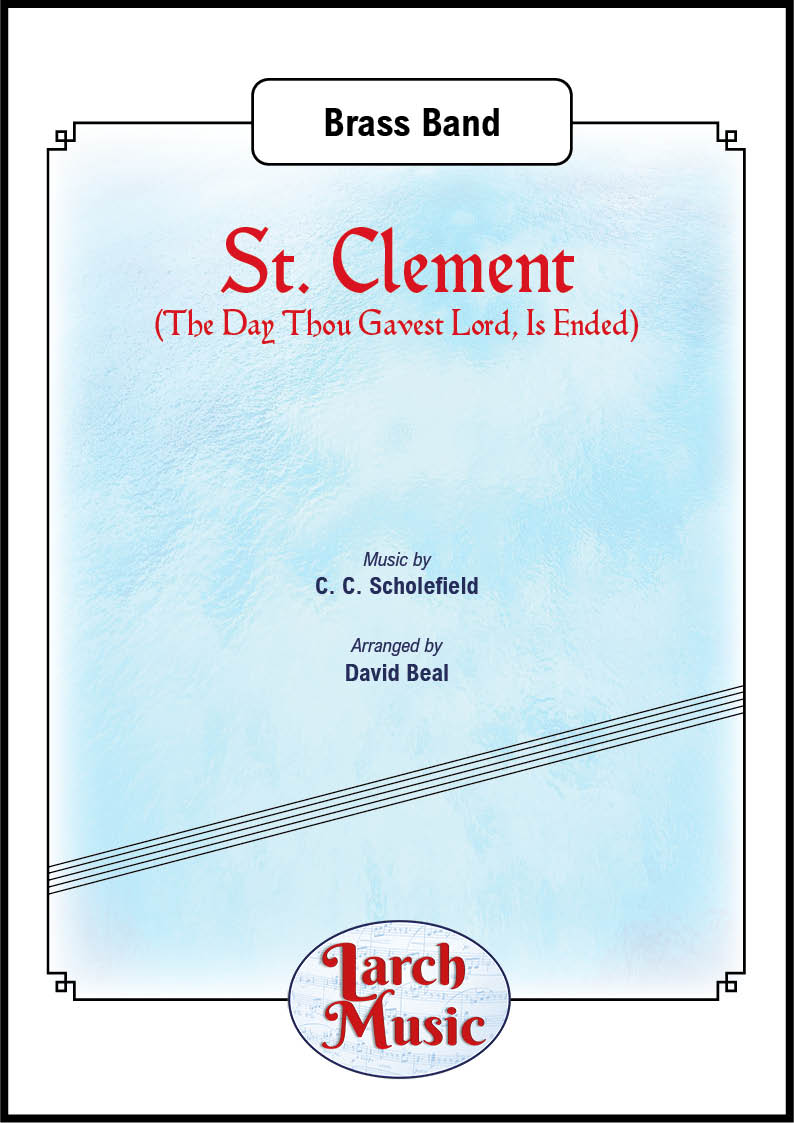 £25.00
£25.00St. Clement (The Day Thou Gavest Lord, Is Ended) (CC Scholefield arr. by David Beal) - Brass Band Full Score & Parts - LM009
St. Clement (The Day Thou Gavest Lord, Is Ended)COMPOSER: C.C. ScholefieldARRANGER: David BealThe popular hymn tune for brass bandThree verses with Soprano Cornet obligato on last verseISMN - 9790570000098
In Stock: Estimated dispatch 3-5 working days
-
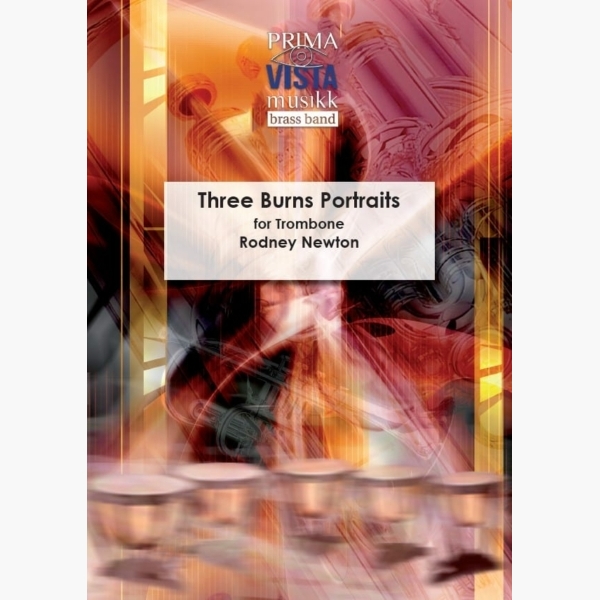 £34.95
£34.95Three Burns Portraits - Rodney Newton
Robert Burns (1759-1796) was one of the most colourful literary figures of the 18th Century. The son of a tenant farmer, he was born in Ayrshire, Scotland, and earned a living variously as a farmer, flax dresser and exercise man,...
Estimated dispatch 5-7 working days
-
 £105.20
£105.20Themes from the movie 3 hazelnuts for Cinderella - Karel Svoboda - Haakon Esplo
Three Hazerlnuts for Cinderella, original title Drei Haselnusse fur Aschenbrodel, is an East German-Czechoslovakian adventure film from 1973.The film has been shown on Norwegian Broadcasting Corporatin TV every Christmas Eve since 1975. ThreeHazelnuts for Cinderella is also broadcasted as a Christmas film on TV in several other European countries.The film has both Czech and East German actors, and is available both in a German and a Czech edition.
Estimated dispatch 5-14 working days
-
£72.99
The Eagles in Concert - Ron Sebregts
The Eagles In Concert features three Eagles hits - 'Peaceful Easy Feeling', 'Desperado' and 'Hotel California' arranged by Ron Sebregts for Brass Band.
Estimated dispatch 5-14 working days
-
 £72.99
£72.99The Eagles in Concert (Brass Band - Score and Parts) - Sebregts, Ron
The Eagles In Concert features three Eagles hits: Peaceful Easy Feeling, Desperado and Hotel California arranged by Ron Sebregts for Brass Band.Duration: 6.45
Estimated dispatch 7-14 working days
-
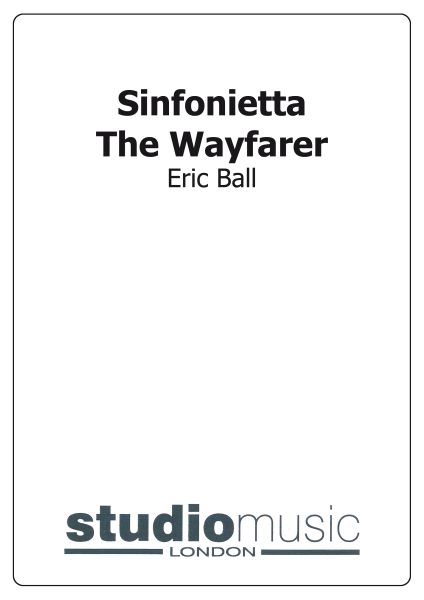 £74.95
£74.95Sinfonietta - The Wayfarer (Score and Parts)
Written for the 1976 National Brass Band Championships, this work has three continuous movements: Adventure; Exile; Homeward Journey.
Estimated dispatch 7-14 working days
-
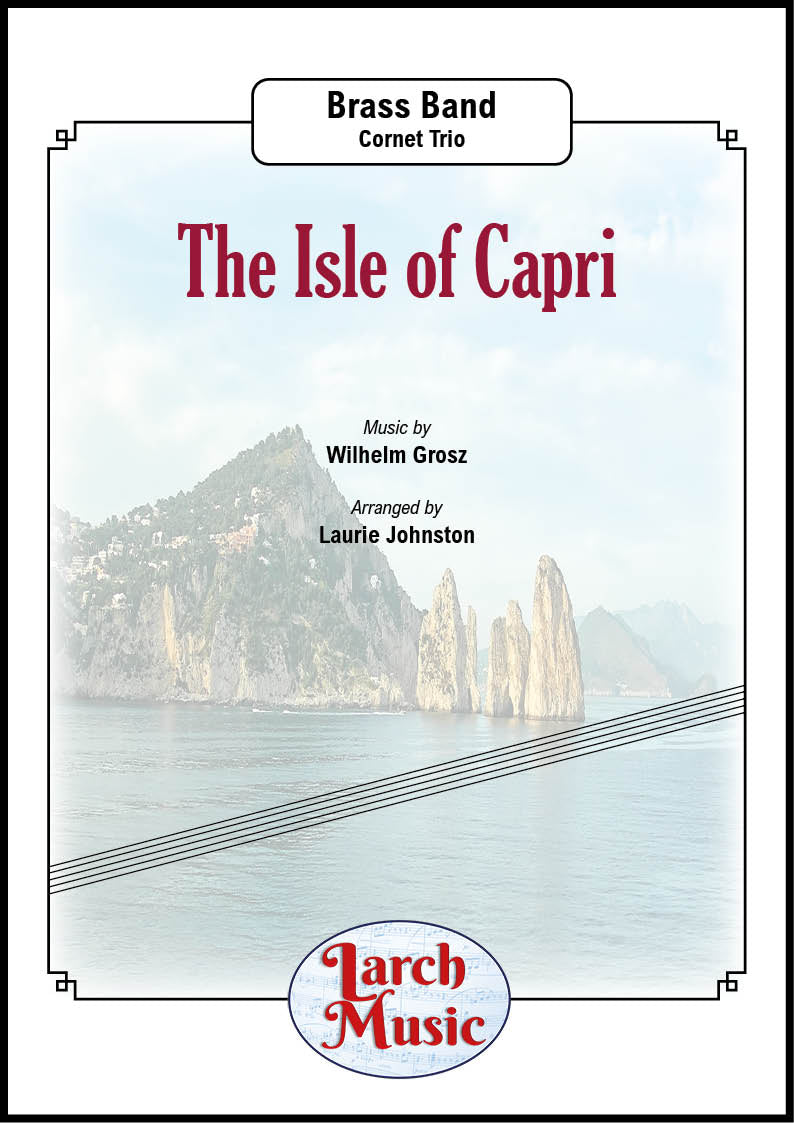 £25.00
£25.00The Isle of Capri - Cornet Trio & Brass Band - LM779 - Wilhelm Grosz - Laurie Johnston
COMPOSER: Wilhelm GroszARRANGER: Laurie JohnstonA great arrangement for three cornets and brass band.Originally planned as a tango it is now available in a much more latin feel arrangementA great one to add to your next concert
In Stock: Estimated dispatch 3-5 working days
-
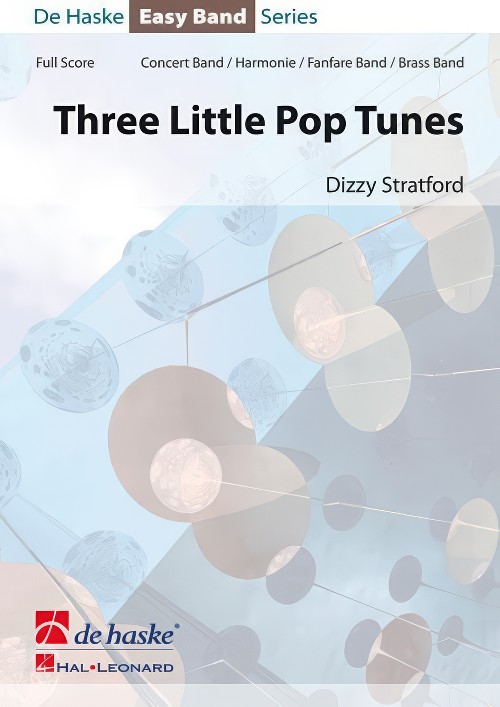 £60.99
£60.99Three Little Pop Tunes (Brass Band - Score and Parts) - Stratford, Dizzy
Great melodies in a versatile context. One of the most performed pieces of Dizzy Stratford of all time!Duration: 7.00
Estimated dispatch 7-14 working days
-
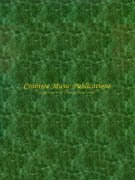 £59.99
£59.99SURREY WITH THE FRINGE ON TOP (3+ Euphoniums/Brass Band) - Freeh, Mark
With solo for three or more baritones/euphoniums. Duration: 3:00 Grade: Easy-Medium
Estimated dispatch 7-14 working days
-
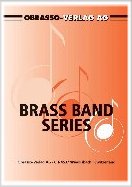 £64.00
£64.00THREE JAPANESE FOLK SONGS (Brass Band) - Inagaki, Takuzo
Includes: Lazy Loafer of Aizu; The Mountain Woodcutter's Song; Villager's Festival Dance. Grade: Medium.
Estimated dispatch 7-14 working days


